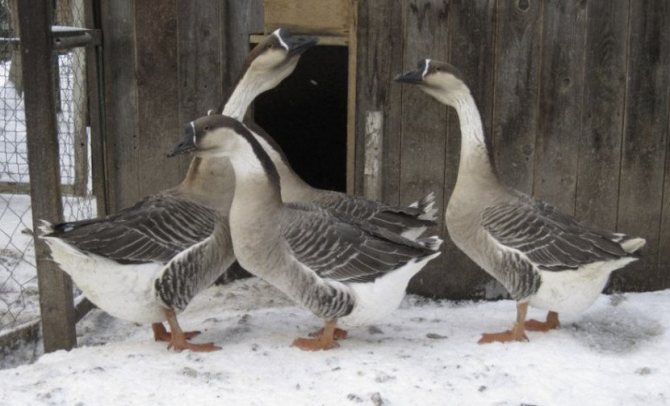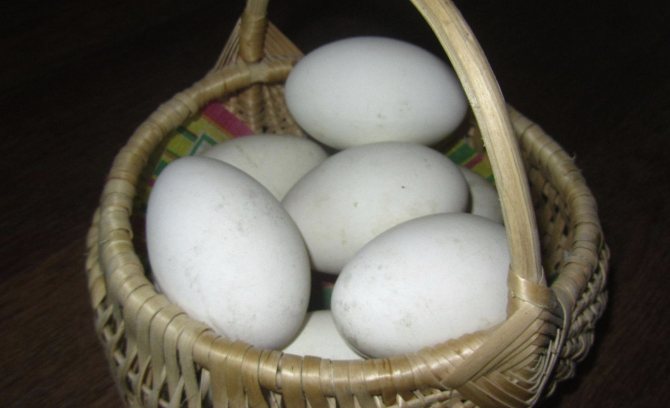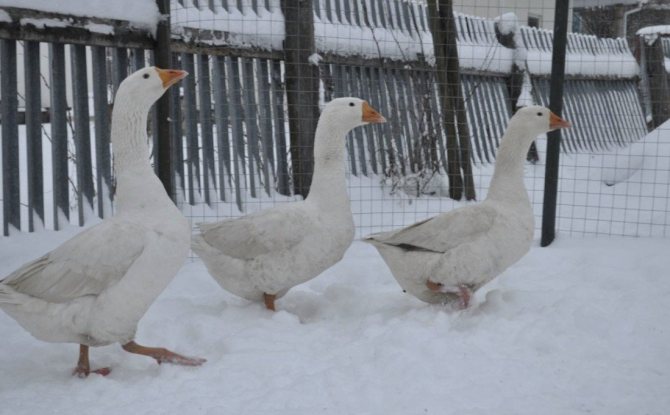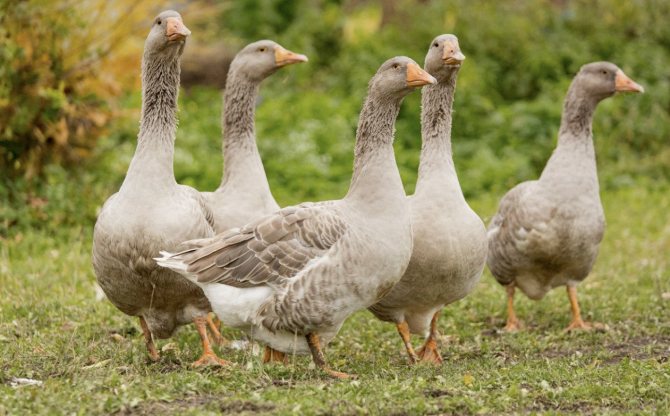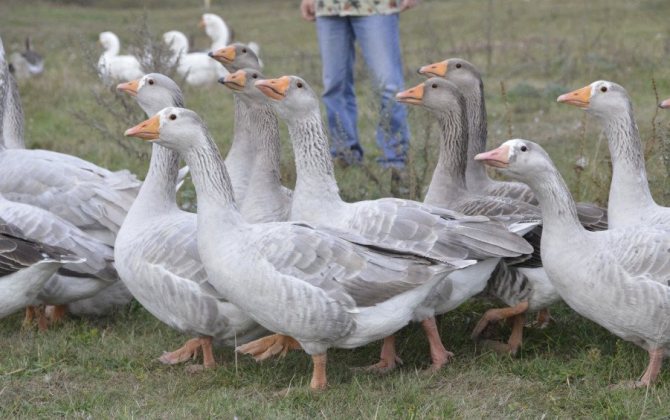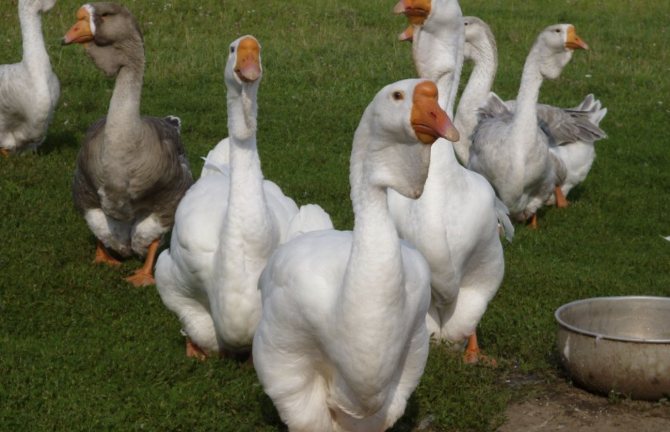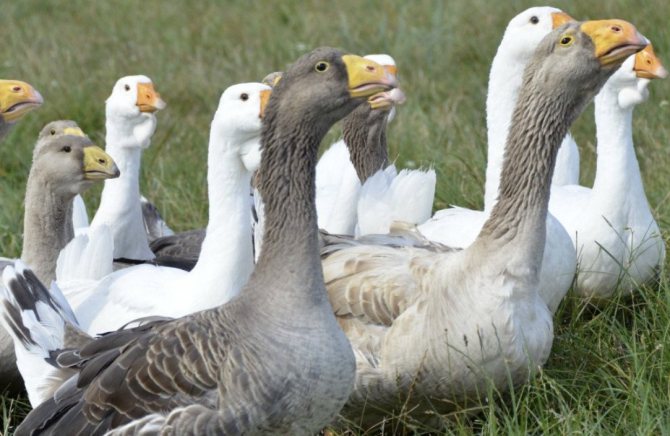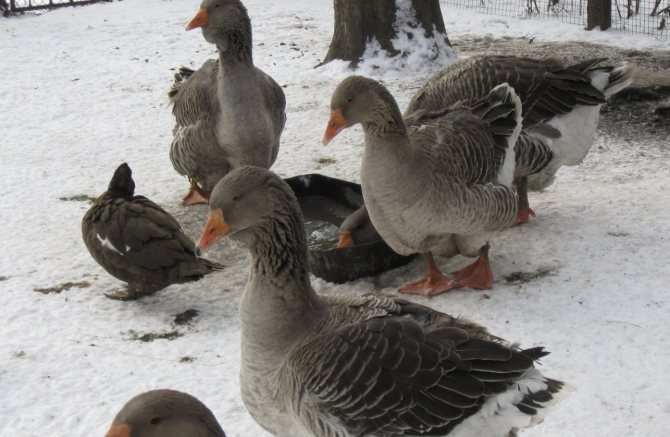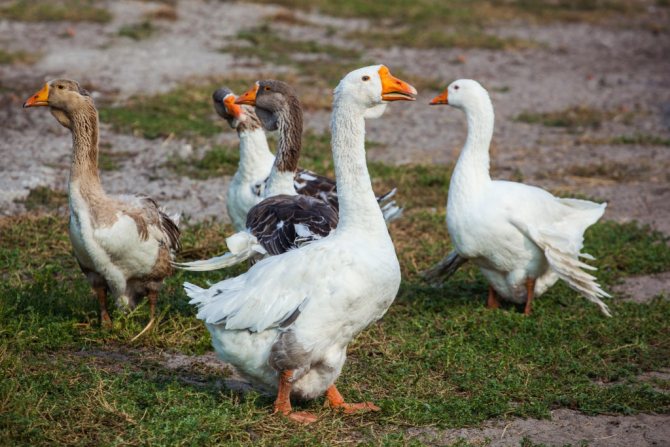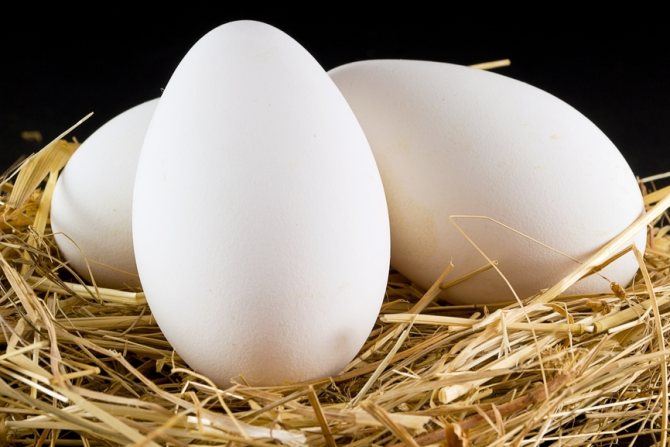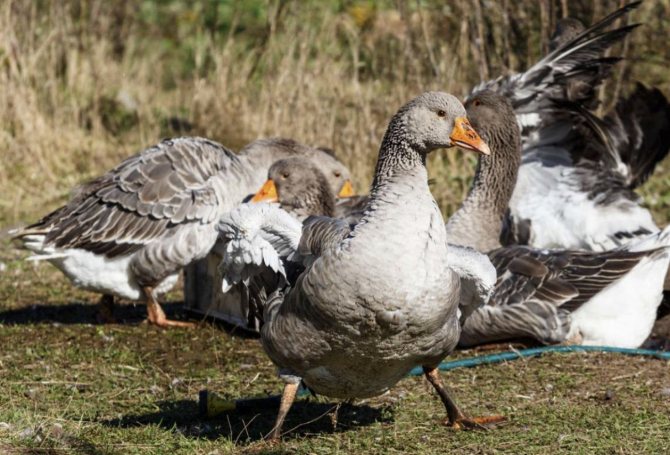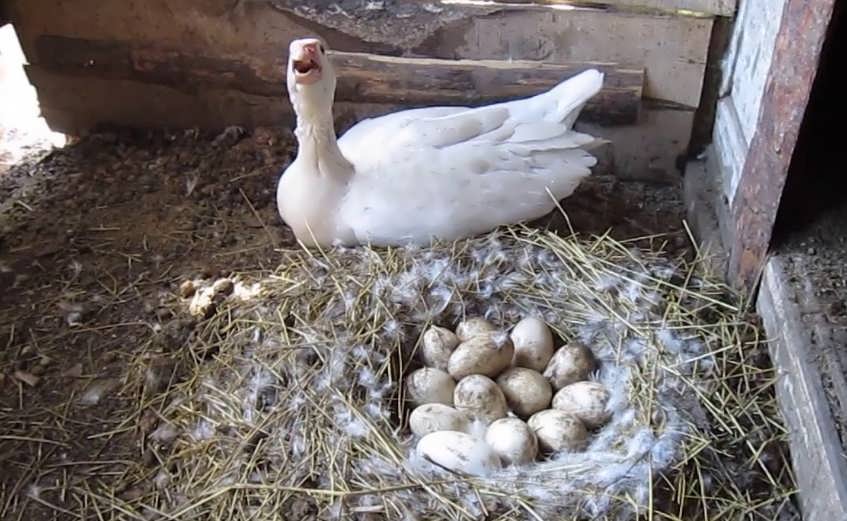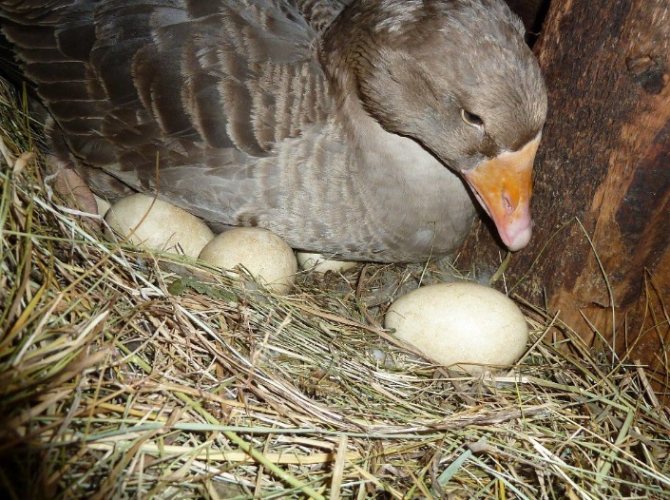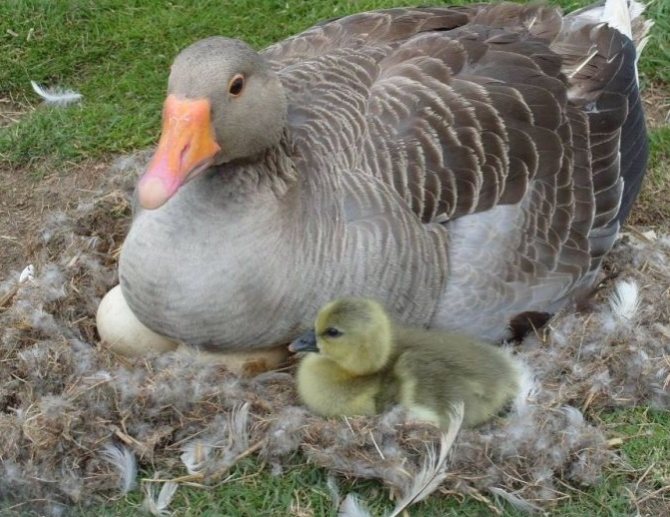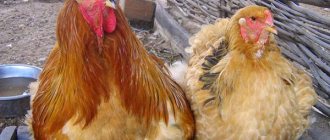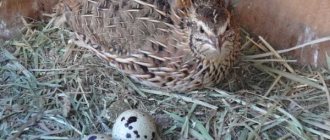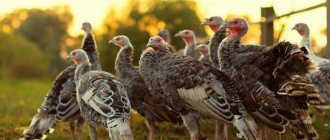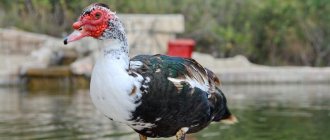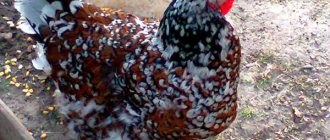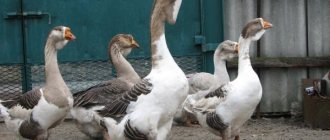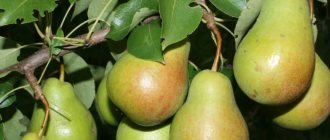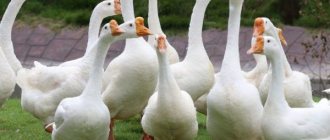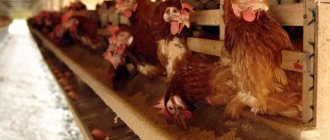In agriculture, waterfowl are bred for the sake of obtaining tasty and inexpensive meat, duck and goose eggs are rarely eaten. But in order to obtain young animals and increase the livestock, the farmer needs to know what the egg production of the geese of the breed he breeds is. The number of eggs laid and the age at which the goose begins to lay depend on the breed.
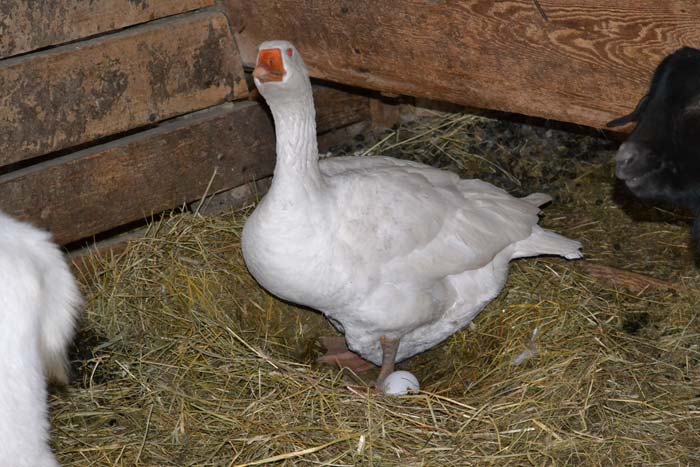
At what age do geese begin to rush
Geese begin to lay eggs at the age of 8 to 12 months, depending on the breed of bird. The earliest maturing and egg-bearing geese are considered to be Kuban, Italian and Chinese geese, representatives of the Linda breed. Heavy varieties ripen later than all: Kholmogory, Toulouse, large gray.
At home, geese begin to rush in the spring, when daylight hours increase, in February - March. Oviposition lasts 2–3 months and resumes in 1–2 months.
Geese, despite the late start of laying eggs, in comparison with chickens and other land birds, retain productivity up to 6–8 years.
A goose that is ready to rush has a change in behavior. She becomes restless and nervous, begins to equip the nest. The tail drops, which changes the gait.
Description of the breed
There are two populations of Kuban geese
- Kuban gray;
- Kuban white.
The second population was bred by crossing the Vishtines geese with the Gorky and Emdem breeds. But, nevertheless, the first population worked out much better, and we will talk about it.
The goose of the Kuban breed is of the middle type. It features a large head with a red bump at the base of the beak, an elongated curved neck.
It has an ovoid, slightly raised body with a round chest. The legs are small, dark in color, as is the beak.
The color is usually brown or gray with white. A distinctive feature of the Kuban geese is a brown line, from the beak to the back.
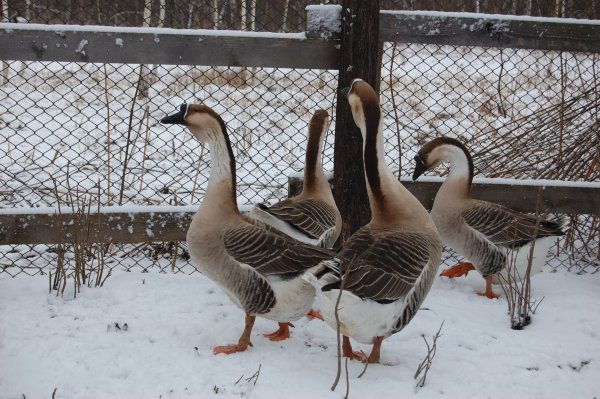

The approximate weight of the geese of the Kuban breed.
| Age | Gander | Goose |
| 1 day | 200g | 180g |
| 1 month | 2kg | 1,8kg |
| 2 months | 3kg | 2.8kg |
| 4-5 months | 5-6kg | 4.5-5.5kg |
Like all breeds, the Kuban geese have their pluses and minuses.
Advantages:
- rather high egg production;
- unpretentiousness;
- tasty and nutritious meat;
- large eggs weighing 140-150g.
Disadvantages:
- small live weight;
- lack of maternal instinct in females.
Do geese rush in winter
Domestic geese, whose lifestyle is close to natural conditions, do not rush in winter. This is also unprofitable from an economic point of view - the goslings that appeared early in the spring will have to be kept in closed insulated rooms and fed with expensive compound feed, instead of arranging an easy summer enclosure and free grass.
On large goose-breeding farms, poultry is kept in different conditions. Providing geese with heat, additional lighting and special feed, eggs and young animals from the livestock are obtained all year round.


Experienced Farmer Tips
- The first eggs should be laid in the nest. Then the goose, even with free content, will inevitably return to the nest to lay an egg.
- If the female intends to get in touch, and the doors to the poultry house are closed, then she will still stand in silence or walk nearby screaming loudly.
- As a rule, geese rush at the same time in the morning.
- An egg that is laid on the third day after mating should be considered fertilized.
- A dummy testicle can provoke birds to drift.
- It is undesirable to keep geese together with terrestrial species of birds, such as chickens, turkeys and Indo-cows.
- With a poor diet, geese can lay eggs without shells.
Factors affecting productivity
In addition to belonging to a certain variety, the egg production of geese is affected by:
- the age of the bird - the period from 2 to 6 years is considered the best;
- the duration of daylight hours and air temperature, the optimal indicators are 10-12 hours of daylight hours and the temperature is above +16 degrees;
- feed quality;
- the presence of a nearby reservoir and grazing.
The last point is of great importance for heavy breeds of geese, which need daily bathing and active exercise in order to fully mate and start laying.
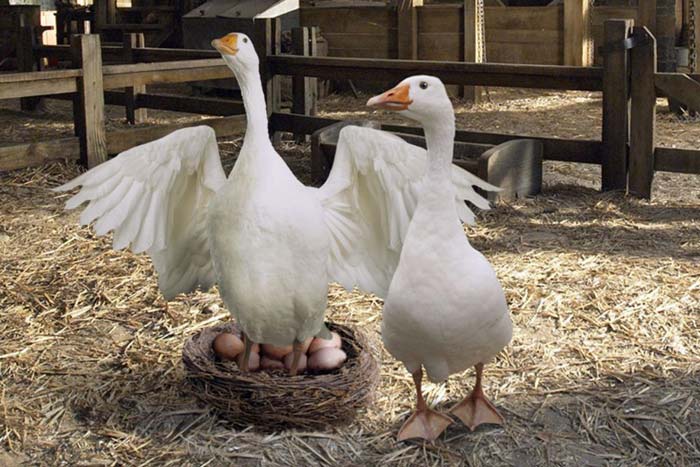

Preparation for laying
Approximately 30 days before the expected start of egg-laying, the birds and the premises should be prepared for nesting. This is a very important point, since it is on the preparation that its productivity will depend.
Arrangement of premises
Preparatory measures in the house include:
- provide laying geese with nests (at least 1 in 3 females). You can lay dummies of eggs in them as "bait";
- equalize the temperature regime (23-25 ° C). The temperature should be constant in the same interval;
- increase daylight hours to 14-15 hours a day;
- maintain a constant average humidity;
- daily house cleaning by adding fresh hay and changing the litter.
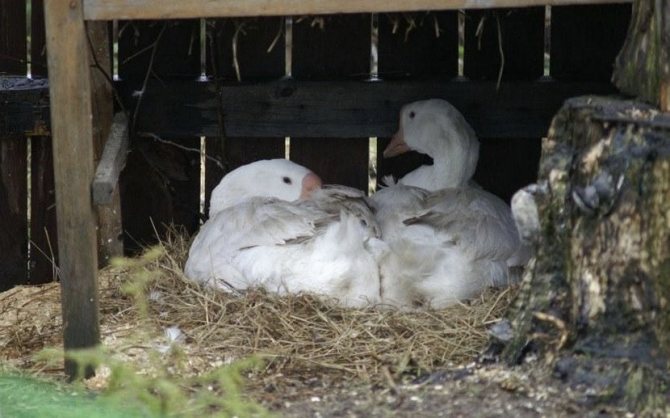

Bird care and feeding
Nutrition is the primary important factor on which the desire of the hen to lay eggs will depend. To maintain productivity, it is necessary to adjust the diet accordingly, namely:
- increase the amount of feed (the bird will lose weight due to the deposition of eggs, therefore this loss must be compensated in advance). Optimal weight - 500 g;
- add fresh grated and boiled vegetables to the daily diet;
- enrich the diet with vitamin E (fresh grass, sprouted oats or hay).
Important! In addition to nutrition, it is necessary to provide the bird with peace and absence of stress. Any changes in the environment will not benefit the future hen.
There are no special restrictions on the diet of the carrying geese. As with all birds, they should not be fed high-calorie foods (such as corn) as this food tends to cause weight problems.
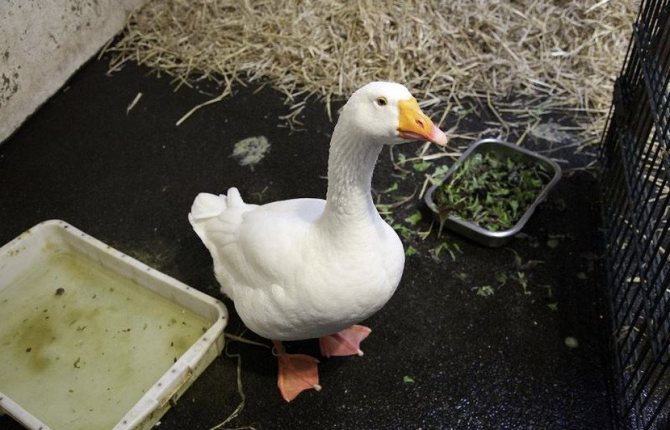

Reasons why geese don't rush
One of the most common reasons for not having eggs is obesity in birds. Geese grow intensively up to 4–6 months, then growth slows down, and nutrients from the feed begin to be deposited in fat. If you do not adjust the diet of breeding geese, they will become fat and will not rush.
After 6–7 years, the egg production of the goose begins to decline. The female often lays eggs unfit for incubation: uneven, too large (two-yolk), with shell defects.
Only some particularly valuable individuals are left in the breeding herd after 6 years.
Various diseases, vitamin deficiency, infection with internal and external parasites weaken the body of the bird and lead to the cessation of laying.
Malnutrition, vitamin deficiency is also the reason for the lack of eggs.
Signs of laying
It is very simple to determine the intention of a goose to leave offspring: both behavioral and external changes are clearly visible in the female. Here is some of them:
- there is a noticeable anxiety (constant transition from place to place, restlessness);
- there is a craving for gathering (stones, grass, feathers);
- plucking of one's own plumage on the chest is sometimes present;
- the arrangement of the future nest begins;
- the female's gait becomes uneven, “heavy”;
- the tail is constantly down;
- the bird spends a lot of time in one place.
Find out if it is profitable to breed geese as a business.
How many days does a goose hatch eggs
Geese sit on eggs for about a month. The incubation period ranges from 28 to 32 days. Goslings from small eggs hatch earlier, large chicks mature longer. To increase the chances of breeding, it is important to select a goose with good mothering qualities. A caring hen will not drop eggs during the entire incubation period. The female is checked - they come to the nest and observe. If the brood hen did not get up from the nest, but only raised its wings, it is left for further incubation.
Food
A properly composed diet is an important factor in the viability and egg production of Kuban geese.
Adults in the summer period require about 2 kg of greens per day, at the same time they feed the bird with grain. Kuban geese prefer young grain crops and will refuse low-quality feed.
The basis of bird feeding in winter is compound feed, grain, silage and vegetables. In the cold season, it is also useful to include needles in the diet.
In addition to the fact that the needles contain a lot of vitamins, it will help the geese get rid of parasites.
- to improve the digestibility of food, birds need to include coarse sand and seashells in their diet.
Caution! You cannot feed potato sprouts to geese, they are poisonous and, as a rule, cause severe poisoning.
In summer, at high temperatures, the amount of feed is slightly reduced, in winter, with the onset of cold weather, on the contrary, it is increased.
It is necessary to ensure that the bird feeder is always full, because they eat even at night.
Diet of geese of the Kuban breed
| Feed (g. Per head per day) | November-February | march-may | June-October |
| Feed wheat | 40 | 50 | 50 |
| Sprouted barley | 55 | 60 | 60 |
| Oats | 50 | 60 | 100 |
| Wheat bran | — | 30 | 50 |
| Clover flour | 100 | 50 | 50 |
| Boiled potatoes | 150 | 70 | 100 |
| Carrot | 50 | 90 | 100 |
| Fish or bone meal | 5 | 10 | 20 |
| Beet | 20 | 2 | — |
| Sunflower meal | 5 | 10 | 20 |
| Yeast | 2 | 3 | 4 |
| Chalk, shell | 2 | 4 | 6 |
| Salt | — | 0,1 | 0,1 |
Goslings are fed on the first day of hatching, after they dry out. The first food is a hard-boiled egg with crushed feed and barley. Subsequently, greens should occupy 50% of the entire diet of the little one.
From 7 days of age, boiled potatoes can be included in the diet, and from 3 weeks the goslings are given food waste. Do not forget about vitamins and minerals, they are given from the first days of life. Chicks should always have access to drinking water, shells and chalk.
The first 10 days goslings are fed 6-7 times a day, from two weeks of age - 5 times, from three weeks - 4, from a month - 3.
The diet of goslings of the Kuban breed in%.
| Ground grain | 20 |
| Wheat bran | 10 |
| Peas | 10 |
| Cake | 7 |
| Fresh greens | 50 |
| Shell, chalk | 2,5 |
| Salt | 0,5 |
Average annual egg production
Geese fly slightly worse than chickens - on average, 40 pieces per year. In many ways, the clutch rate depends on the mode of maintenance, diet and breed of poultry. Here is a description of the season averages for the most popular goose breeds.
Arzamas
In geese of the Arzamas breed, the clutch is rather small - about 20 pieces per year, but this is compensated by the high survival rate of goslings - almost 100%.
Hungarian
The average clutch of one female Hungarian geese is 37 pieces per year.
Chinese
Geese of the Chinese breed are among the champions in egg production - one female brings 50-70 pieces per season, and if optimal conditions are created, you can count on 100 pieces.
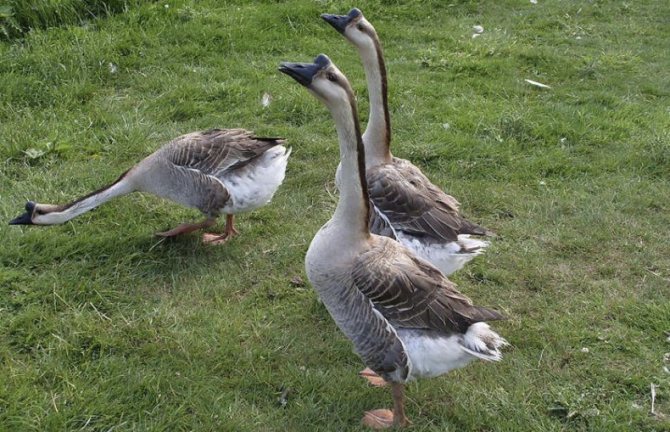

Large gray
Large grays are a relatively young breed that appeared in the middle of the 20th century. In this breed, they tried to combine both high egg production and a large physique. The birds are quite massive - with an average weight of 6-7 kg, and with a good result - 40-45 birds per year.
Kuban
Kuban females are not very good hens, but they are highly fertile - they bring from 80 to 90 eggs per year.
Landskaya
French breed with not very high productivity - about 30 eggs per season, but females are good hens.
Romny
Females of the Romny breed bring 35-40 pieces a year, each weighing 160-170 g.
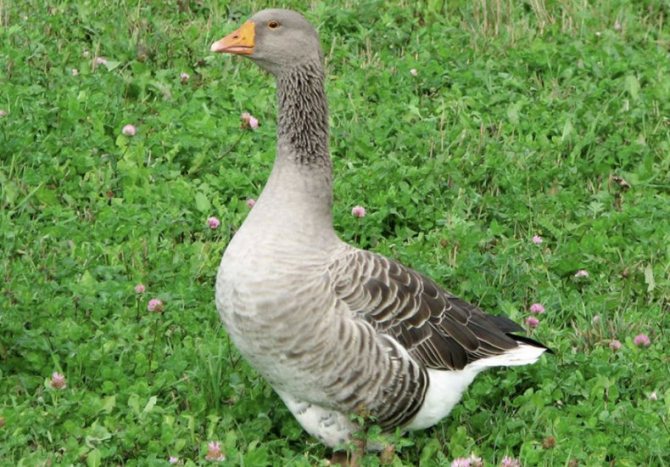

Ural
Quite a prolific breed - they are capable of producing 90-100 pieces per year.
Possible problems
There are several main factors that interfere with the egg production of domestic geese:
- Stress... Geese should not be afraid of the owner, this often happens in young individuals. It is better not to invite outsiders to the gosper.
- Sudden temperature change... Extreme heat or cold weather will adversely affect bird performance.
- Hunger or a meager monotonous diet.
- Lack of lighting in the goose-house.
It is important for birds to create a daily routine, regular feeding and corral at the same time, this will discipline the geese and minimize stress.
Recommendations and observations of farm specialists
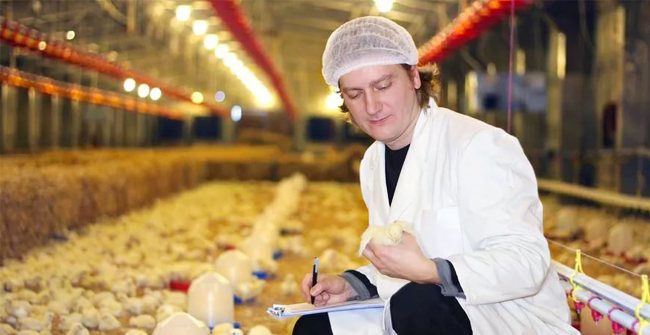

Often geese are taken to sit down to rush in the early morning hours, not every breed makes egg-laying at other times, the run can be only 15 or 20 minutes. It is necessary to ensure that the first egg is laid in the nesting place, and not in any other place. Gus always return to the place where they began to rush, even after walking.
As soon as the testicles are laid, you should not immediately take them out of the nest so that the oviposition process does not end, and the female does not sit on the eggs of the last clutch to incubate the goslings. Healthy geese should be laid for five or six years.
Morning products are collected warm. A demolished egg has a temperature of 40 degrees, and it is easy for a porous shell to clog up with germs and dirt. The brood hen lays from 10 to 13 eggs, in the clutch it is separated from the rest of the individuals. Goslings require 2 degrees of heat.
Tip: It happens that geese bury their clutches. Therefore, each nest should be inspected carefully. Leaving the testicle dummy can stimulate the bird to lay.
A goose egg has a large volume, it is larger than those carried by a chicken. On average, a goose egg weighs 200 grams. The shell has a light calcareous shade of high strength. Goose egg products have a specific smell, so you need to cook, fry and drive them into the dough with care.
The largest goose testicles are the most valuable, they contain a lot of phosphorus, iron and copper, sulfur and vitamin groups A, E, K, B, D. There is an antioxidant lute in the yolk.
In geese that keep in a flock, the ratio of heterosexual individuals is usually as follows: five females and one gander.
Tip: In the room where the female will sit down, put a container full of sand so that skin parasites cannot multiply on the bird and do not interfere with rushing.
Farmer Tricks: How to Get the Maximum Number of Eggs from a Goose
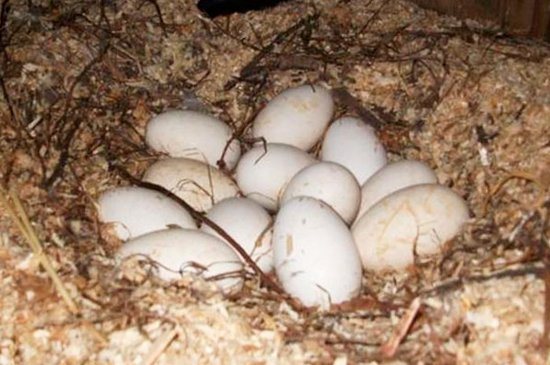

- Take the masonry immediately after demolition and store at + 12 ° C. If more than five pieces accumulate in the nest at the same time, the instinct of incubation will start in the goose, and in the future it will not rush.
- If daylight hours are shortened, use fluorescent lights to extend the day in the house. The goose will run well only with twelve hours of daylight.
- Place a trough with crushed chalk and eggshells near the sennik or feeder. Such feeding will make up for the lack of calcium in the queens and provide high quality products.
- Build nests and place 1-2 dummies in them. The goose will rush more willingly if it sees that the laying has already begun.
- Place dividers between nests to prevent birds from rolling eggs from nest to nest instead of laying on their own.
- From time to time, let the goose near the geese. Females who regularly see a male increase their egg production.
Did you know? Steel-bodied ink pens did not appear until the early 19th century. Before that, people used sharpened goose pens for writing. Hollow inside, they took in a small amount of ink and gradually released it when pressed on the paper. Small knives called penknives were used to sharpen them. The custom of sharpening writing pens is gone, and the name for knives has stuck to the present time.
Egg production in geese does not last long: they, like wild representatives of the genus, are characterized by seasonality. Preparation of birds for spring egg-laying should be started in advance: a month before the expected date of the start of laying, the supply of grain feed and premixes is increased. Keeping hens in a clean, dry house with good ventilation is important. Only comfortable living conditions and abundant nutrition will make the geese resistant to various stresses and ensure their high productivity.

